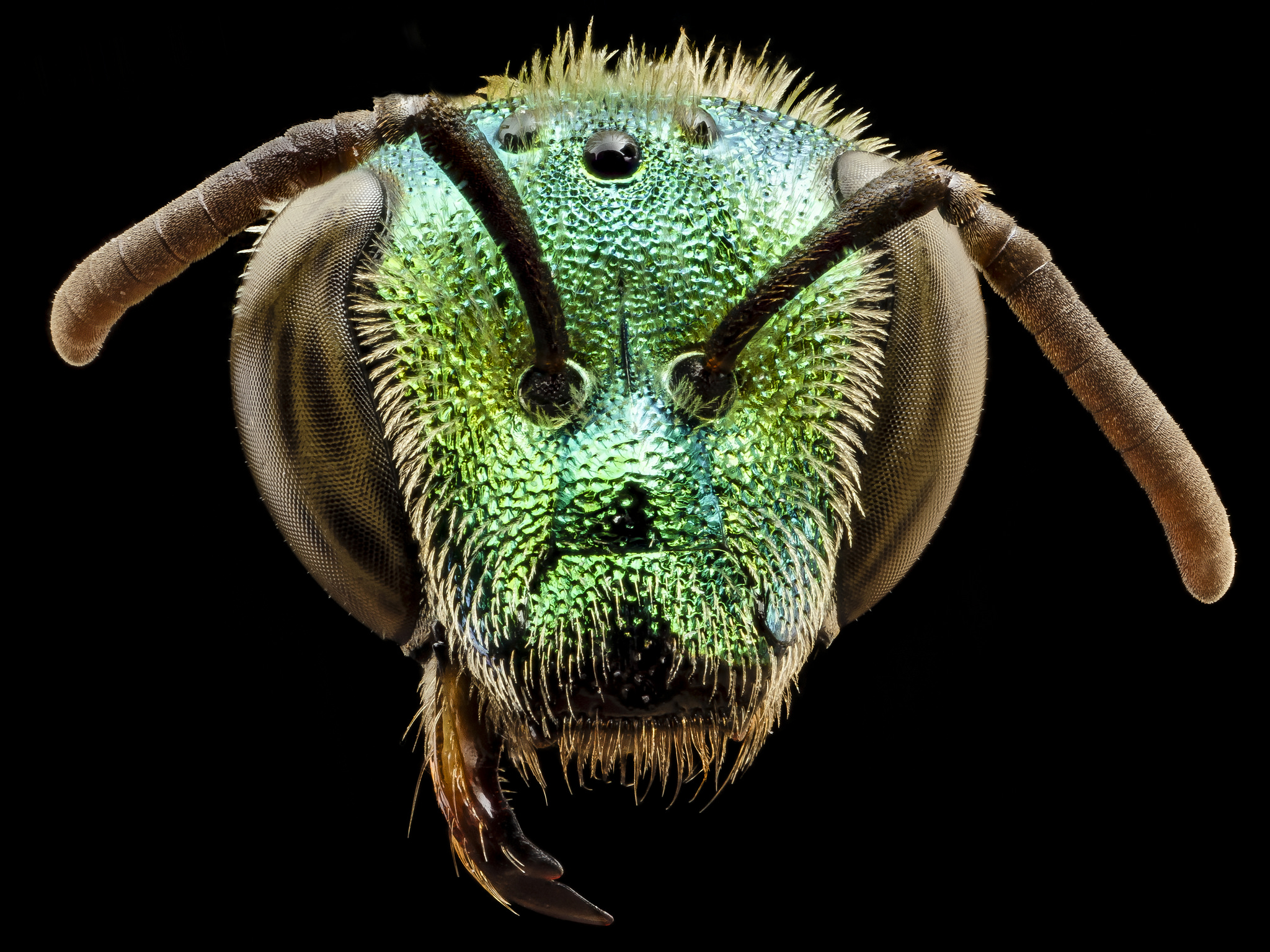Resources that can help you make your own bio-inspired design page and get it published!
Step 1: Inspiration
Get inspiration for your page, based on previous bio-inspired design projects and resources.
AskNature
AskNature, a project from the Biomimicry Institute, specialized in bio-inspired design and biomimicry projects. It highlights the biological strategies employed by living things, so that inventors and innovators can use them as inspiration for their projects. Check out the collection of biological strategies of bees created in collaboration with the University of Calgary!
Zygote Quarterly
Zygote quarterly is a journal that highlights biomimicry and illustration in the sciences using case studies, news and articles relevant to the field. All the issues are available on their website, viewable in an internet browser.
Informal Science
Informal science is a collection of resources for STEM education in a wide variety of environments outside of the traditional schooling environment. It contains resources for creating projects, doing research and evaluating research outside of the classroom.
Step 2: Research
Start looking into the functional morphology of an organism. Think about what they have to do to interact with their environment and the processes that make it possible. For a more thorough explanation of what kind of traits you’re looking for and how to classify them, check out this guide by AskNature on Biomimicry Taxonomy.
Books on Bees
Bees of the World – Charles D. Michener
Bees in Your Backyard: A Guide to North America’s Bees – Joseph S. Wilson & Olivia J. Messinger Carril
Bumblebees of North America – Paul H. Williams, Robbin W. Thorp, Leif L. Richardson & Sheila R. Colla
Videos About Bees
This Vibrating Bumblebee Unlocks a Flower’s Hidden Treasure | Deep Look
Watch This Bee Build Her Bee-jeweled Nest | Deep Look
What is bee bread? | The Kids Should See This
Encyclopedia of Life
Hosted by the museum of Natural History, the EOL is a collection of open-access data on biodiversity around the world. The goal of the EOL is to bring all the data scattered around on different websites together into one easy-access website. It covers both multi-celled organisms like plants, animals and fungi as well as single celled organisms like archaea and protists.
Step 3: Write
The page you’ll be creating will have 3 main fields:
The Title
Keep it short and sweet. When writing for the University of Calgary Biodiversity page, just the name of the trait you’re describing will do. When writing for AskNature, the title needs to include the name of the trait and the function. AskNature also requires a subtitle, which is a longer form of the title that includes the name of the organism and a more detailed description of what it does.
Examples:
University of Calgary title: “Antennae”
AskNature title: “Antennae detect a variety of signals”
AskNature subtitle: “The antennae of a bee allows it to sense a variety of signals including chemicals, light, vibrations, and electric fields.”
The Content
This is the body text! Talk about the trait. Where is it, what is it, why do we care? How does it do the function? Include sources in the text and mention how the trait can vary from species to species. Make this section as long or as short as you believe it needs to be.
You can also include images of bees that show off how the trait can vary, and explain where you got the picture (USGS Bee Inventory, U of C invertebrate collection, etc.) and the species name in italics. Make sure that the images are free use! You can keep the full image, or crop them to hone in on what you’re talking about. Describe the traits and what they’re used for if necessary. You’ll need to choose one picture for your featured image, which goes at the top of the screen on the final page.
If writing for the University of Calgary, credit yourself at the bottom of the page along with anyone else you collaborated with, including researchers and professors.
The Function(s)
Using this guide by AskNature on Biomimicry Taxonomy, find the functions that match your trait, all the way down the “Function” section of the fan on the last page. You can have more than one function for any given trait.
Step 4: Submit
University of Calgary Biodiversity
The bio-inspired design page has a link at the top to “Submit a functional morphology page”. Anyone can submit a page, which is then double checked by a professor before being uploaded to the site.
AskNature
Accounts on AskNature need special permissions to post pages, so contact the administrators of the site to gain access.
